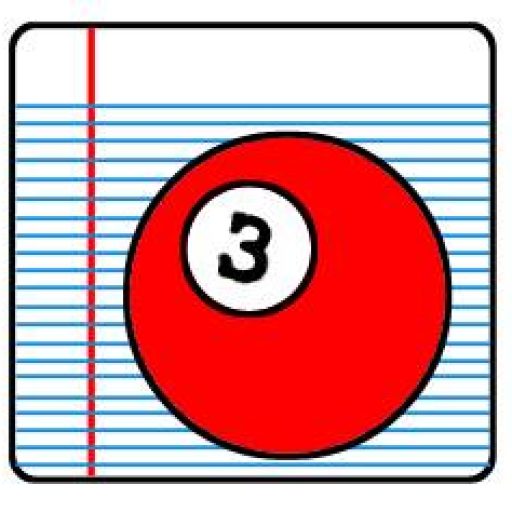Most of the book Murder on the Orient Express, by Agatha Christie, is dialogue. Definitely all the interviews with suspects are written in almost uninterrupted dialogue. It’s like reading a script. Also, it features a famous train and a wide range of characters. It should be easy to film, was my thought. Indeed, it was filmed in 1974 with an all-star cast that included Albert Finney as Hercule Poirot, Sean Connery, Lauren Bacall, and Ingrid Bergman, who won the Academy Award for Best Supporting Actress for her performance as nurse Greta Ohlsson.
The 2017 movie version of Murder on the Orient Express is quite different from the book. To begin with, the book’s dialogue—which sounded so ready-made for a film—has been removed. The script is new and often but not always improved. The interviews with suspects, which span about 85 uninteresting pages in the book, are thankfully minimized into short, intercut scenes. There are a few exceptions to this, notably Poirot’s interview with the very young Countess Andrenyi (Lucy Boynton, then 23), an interview that depicts her languorous behavior (sexy? drugged?). Other scenes are expanded in this version, so there is both more and more interesting dialogue. Ratchett (a creepy Johnny Depp) talks to Poirot extensively about his business dealings that have made him a target: a fabrication more interesting than the vague lie in the book. At the end of the movie, Poirot (Kenneth Branagh) has a lot to say about the case—
Ladies and gentlemen, I have understood in this case that the scales of justice cannot always be evenly weighed, and I must learn for once to live with the imbalance. There are no killers here…
In the book, he simply elucidates and then withdraws, an action that feels abrupt and insufficient. So, here, more is more. But it is a shame to remove Mrs. Hubbard’s constant chatter about her daughter—important chatter that creates a smokescreen of a vapid, voluble middle-aged woman that Mrs. Hubbard (Michelle Pfeiffer) is certainly not. At the end of the book, Mrs. Hubbard says, “I always fancied myself in comedy parts,” but in this movie there is nothing comedic about the character.
There is also nothing cozy about this version of Murder on the Orient Express, and Agatha Christie wrote what are termed cozy mysteries, not violent crime novels, like Ed McBain. But, there is a lot of violence in this movie. After Ratchett is stabbed to death twelve times, Mrs. Hubbard is knifed, and Poirot is shot at. Also, there is a grim flashback of the murder. Apart from the murder of Ratchett, none of these things happen in the book. Mrs. Hubbard is not knifed. Poirot is not shot at. Ratchett’s murder is left to the reader’s imagination. Following Poirot’s elucidation is, uh, a request to be shot that turns into an attempted suicide. Not only don’t these things happen in the book, they would not have happened in the book.
Other aspects of this movie need to be overlooked: a chase scene, a portrait of Poirot’s ma chère Katherine, and…Poirot’s mustache. A car chase scene is a staple of action movies. Here, the chase happens on foot—because the train is stranded in the snow—and the scene provides suspense, but any sort of chase scene is not a convention of Agatha Christie mysteries. It’s odd. It’s also odd that Poirot talks to a portrait of his chère Katherine; if Poirot had a past love, Christie never describes it anywhere. And then there’s the matter of the mustache! In this version, Poirot’s mustache is extraordinarily long and graying. Generally, it is depicted as fairly small, black, and upward-pointed. As Poirot on PBS, David Suchet gets the mustache right. In fact, he looks overall like the Poirot that Christie describes. Branagh does not, and it’s distracting.
Some novelties work nicely, like camera angles from above or from below or reflections of a face, making a person literally two-faced. The accentuation of Poirot’s focus on symmetry amuses. Still, purists beware! There’s a lot of overlooking to do.
Thomas Gagnon has published essays and reviews in Wilderness House Literary Review and alternative literary blog, The Boston Area Small Press and Poetry Scene. He has published articles about art exhibits in South End News and poetry in cross-disability literary journal Breath and Shadow.








Leave A Comment